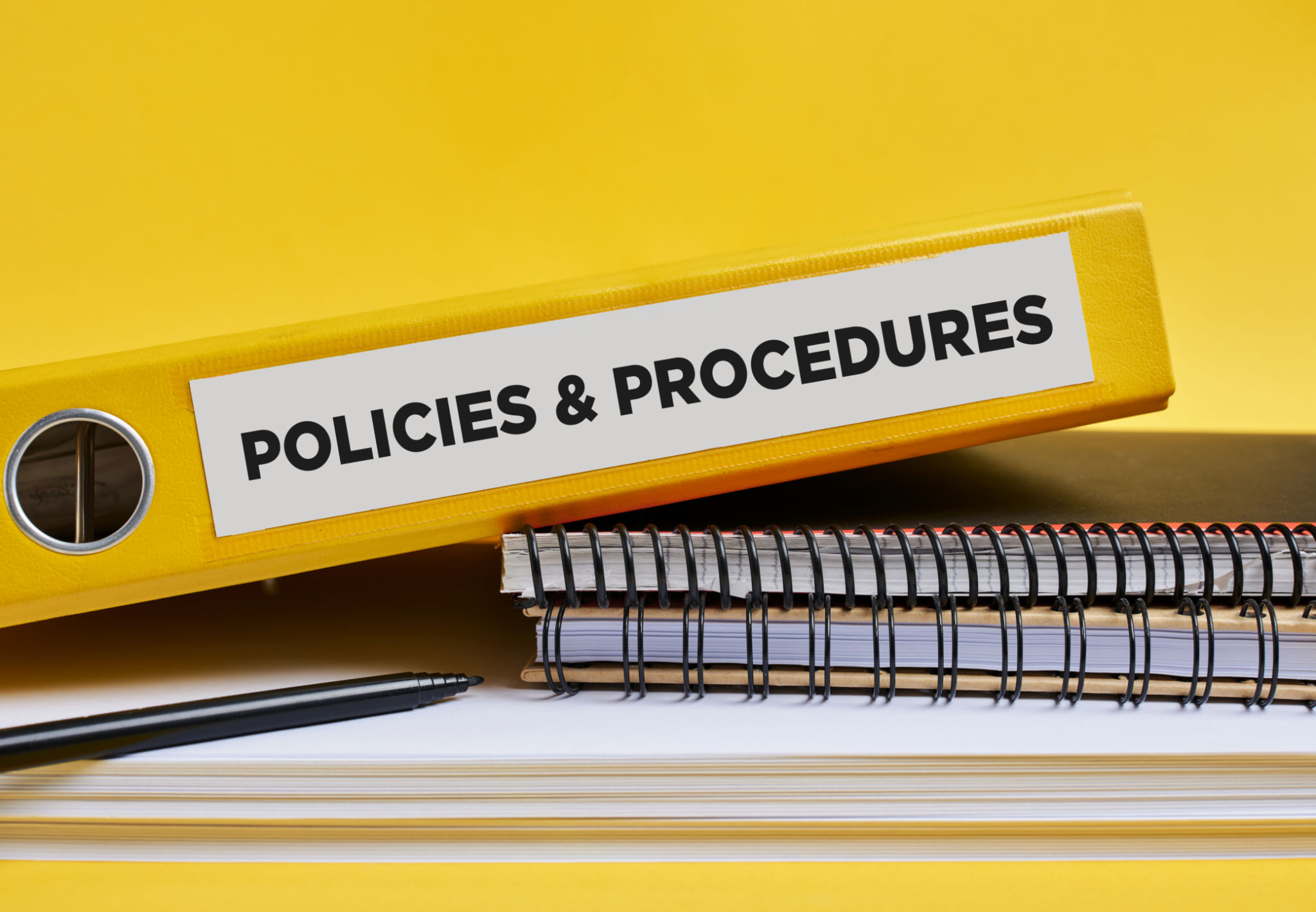A Guide to Cross-Border Banking Compliance for Multinational Corporations in Asia
Understanding Cross-Border Banking Compliance
In the modern global economy, multinational corporations (MNCs) face the complex challenge of navigating cross-border banking compliance, especially in diverse regions like Asia. With varying regulations across countries, understanding and adhering to these laws is crucial for business success. This guide aims to help MNCs in Asia manage their cross-border banking needs efficiently.
Cross-border banking compliance involves adhering to international and domestic financial regulations. These rules are designed to prevent illegal activities like money laundering and terrorism financing, ensuring a stable financial system. For MNCs operating in Asia, these regulations can vary significantly from one country to another, making compliance a multifaceted challenge.

Key Regulatory Frameworks in Asia
Asia is home to a wide range of regulatory frameworks governing cross-border banking activities. Some of the key regulations include the Anti-Money Laundering (AML) laws, the Foreign Exchange Management Act (FEMA) in India, and the Financial Services Agency (FSA) guidelines in Japan. Understanding these frameworks is essential for MNCs to maintain compliance.
The Financial Action Task Force (FATF) also plays a crucial role by setting international standards for combating money laundering and terrorism financing. MNCs must ensure their operations align with FATF recommendations, which are adopted by many Asian countries to various extents.

Challenges in Cross-Border Banking Compliance
One of the primary challenges faced by MNCs is the diversity of regulations across different jurisdictions. Each country has its own set of rules, which can be complex and subject to frequent changes. This requires continuous monitoring and updating of compliance practices to avoid legal repercussions.
Additionally, language barriers and cultural differences can further complicate compliance efforts. Working with local experts or consultants familiar with regional regulations can be invaluable for navigating these challenges effectively.

Strategies for Effective Compliance Management
To successfully manage cross-border banking compliance, MNCs should consider implementing a structured approach. Here are some strategies to consider:
- Centralized Compliance Team: Establish a dedicated team responsible for overseeing and managing compliance across all regions.
- Regular Training: Conduct regular training sessions for employees to keep them informed about regulatory changes and best practices.
- Leverage Technology: Use advanced compliance software to automate monitoring and reporting processes.
By adopting these strategies, MNCs can enhance their ability to comply with cross-border banking regulations, minimizing risks and ensuring smooth operations.

The Role of Technology in Compliance
Technology plays a pivotal role in modern banking compliance. Advanced software solutions provide real-time monitoring, data analysis, and reporting capabilities that help MNCs stay ahead of regulatory requirements. By leveraging technology, companies can automate routine tasks, allowing their compliance teams to focus on more strategic initiatives.
Furthermore, technology enables better data management and integration across different regions. This ensures that all compliance-related information is readily accessible and up-to-date, facilitating quick decision-making and response to any regulatory changes.

